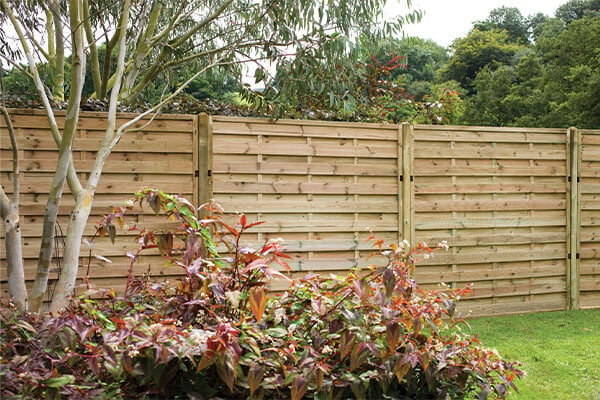
A call our help team regularly receives is “How far down for fence posts should I go?” Well, there is no one answer as there are multiple factors to consider. Read on as we discuss this topic in detail, in relation to 6’ high fencing.
How far down for fence posts? Guidelines and tips
Every garden landscaper or builder will tell you that if the supporting fence posts are not correctly positioned or dug deep enough, your fence will be weak and will not last.
If you find yourself in a situation where fence posts have not been built properly or are old, then remove them and use this guide to install new and correct posts.
First of all, fence posts can be purchased from any DIY and outdoor store as well as online. On site, you will find all sorts of accessories that will aid and keep your fence in top condition.
When it comes to selecting fence panels, take a look at our in-depth guide which will help you determine what is best for you.
Editor’s Note [22.03.2024]:
Our article about how deep to dig for a fence post for a 6’ fence was originally published on January 15, 2015. Today we have added new sections covering questions such as “how far down for fence posts?”, “how deep does a fence post need to be?” and general rules for fence post depth. We have also added a list of tools, equipment and supplies you will need as well as an article conclusion.
How deep does a fence post need to be?
Unlike the old question "How long's a piece of string?", there is an answer to this question. The fence post depth needs to be deep enough to ensure long-term fence stability and durability. Think of the fence post as the roots of the fencing and just like large bushes sway in the wind but are not uprooted, the same applies to fencing with a sturdy fence post base. So, “How deep does a fence post need to be?", read our general rules below.
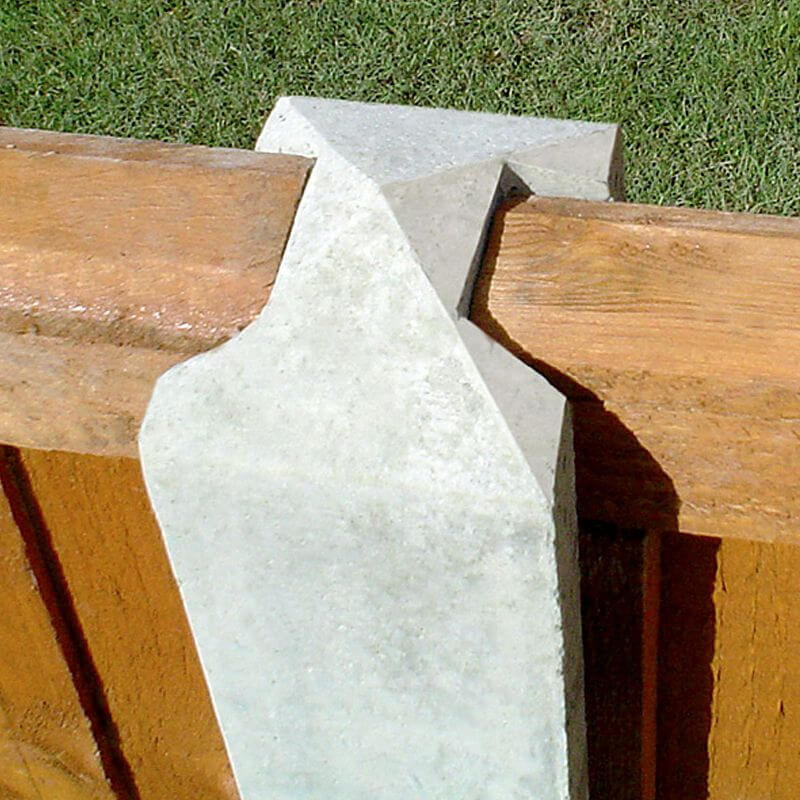

General rules for fence post depth
Read our general rules below for important considerations about fence post depth:
- Adjust for height - there is no “one size fits all” fence height concept. The fence post depth needs to be adjusted to the height of the fence panels you are installing
- Concrete support - we recommend using a concrete support footing. This anchors the fence post and is even better if installed with a gravel board
- Frost line considerations - what is your local frost line? Well, it is important you know this as the fence posts depth needs to be below the frost line. This prevents your fence from moving in freeze and thaw cycles in winter months
- Post material - only use wooden posts, which have been sufficiently treated with a high-quality wood preservative
- Post width - the wider the depth of the posts the more depth they will need for support
- Soil type matters - is your soil, boggy, rich, sandy or clay? Well, this is important as different soils have different needs. For example, sandy soils need deeper holes
- The one-third rule – if there is one rule above all the others to remember it is this one. The one-third rule is a classing rule of fencing. Always aim to bury at least one third of your fence post underground. So, for an 8’ high fence post, ensure a minimum of 2’ is underground
- Type of fence - the type of fence matters. For example, decorative fences might not need as much depth as privacy fences. You can always speak to us about which fence post to buy for the type of fence panel you have or are buying
- Weather conditions - if your garden is prone to a lot of wind, the extra depth is especially needed to help your fence stand firm when storms arrive
- Weight of the fence – the heavier the overall fence weight, the more support it will need. This includes the fencing itself, as well as any plants, which might grow on a trellis)
Tools, equipment, and supplies
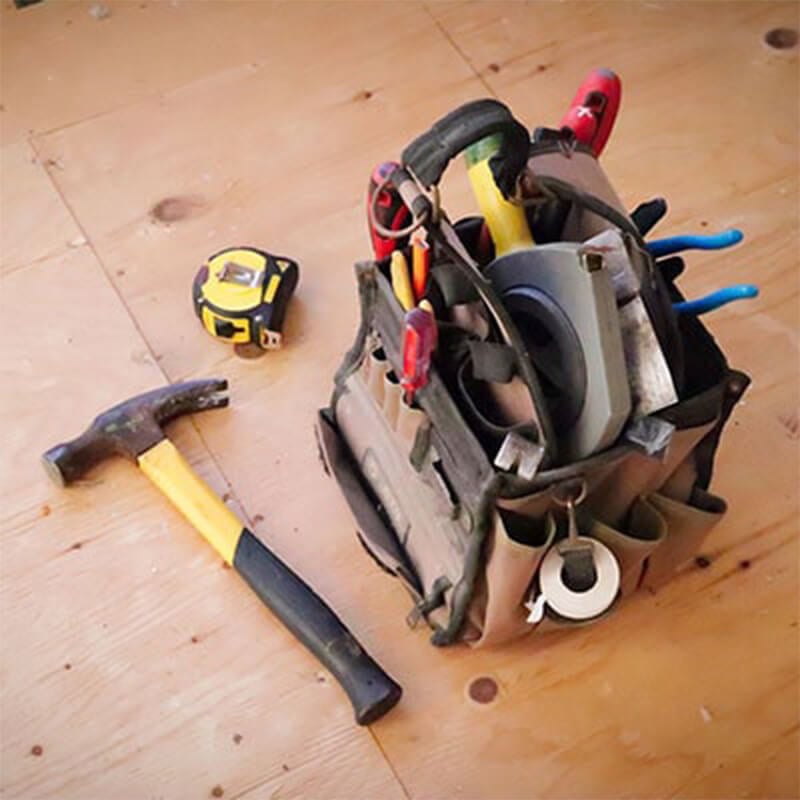

Use the following tools, equipment, and supplies for your fencing project:
- Bucket – use this for various purposes such as mixing concrete or even carrying tools
- Concrete mix – you will need this as a part of the foundation in your fence post hole
- Crowbar - sometimes you need a little leverage to pry things open
- Gloves - keep your hands safe and clean, as fencing is dirty work
- Level - this tool keeps your fencing straight and narrow
- Post hole digger - get deep and specific, with this perfect tool for digging holes (it is more focused than a spade for hole digging)
- Safety goggles - because protecting your eyes is even more important than the fencing work
- Saw - fence posts might possibly be an incorrect size and can be cut to size with a saw
- Screwdriver - for securing screws in place
- Sledgehammer – use this with a little muscle to get fence posts in place
- Spade - you will need a tool for digging and this is where a spade comes in!
- String line – this will help you to keep post alignments accurate
- Tape measure - precision is vital so ensure everything is measured accurately
- Water source – have access to a hose or bucket, you will need this for mixing concrete
- Wheelbarrow – ideal for moving around heavy items, which will include soil, waste, or concrete, etc.
Step by Step guide: How to install fence posts
The first thing you will want to do is to measure out in your garden the width between your fence posts. This can be done easily using string and timber sticks as well as a tape measure. This has to be accurate so that the fence panels can slide in once assembled.
Now that you have the dimensions worked out, always calculate how deep to dig fence posts. For an 8’ fence post, using either a special post digger or spade dig down 2ft into the soil. A rule of thumb is that 1/3rd the height of the fence panel should be reflected in how deep the post should be. We highly recommend investing in a post digger as they are very easy to use and reduce the complexity of the task.
If you are asking what size post for 6ft fence runs is required, it is 8’, that is 6’ above ground and 2’ below ground.
Using a hose, wet the individual post holes so that all debris can be removed as well as compacting the soil ready for posting.
This part requires two hands – one person holds the post into the ground straight and uses a bubble square to make sure that it is in fact straight. The second person then pours in the concrete mix and together holds the post straight until it starts to harden.
Re-cover the surface with soil and there we have it, a standing fence post that is deep enough to support a 6ft fence.
Common mistakes to avoid when setting fence posts
Setting up a fence (as detailed above) can be a bit of a challenge. Here is advice to avoid common blunders and make sure your fence lasts for many years.
Forgetting the frost line
In colder gardens or areas, if you do not go below the frost line, your fence could move when the ground freezes and thaws.
Note: the “frost line” is the depth to which the groundwater in soil is likely to freeze due to a temperature drop.
Ignoring post caps
Leaving the tops of your posts bare is a mistake. Pop a post cap on each post to protect it from rain and give your fence a polished finish.
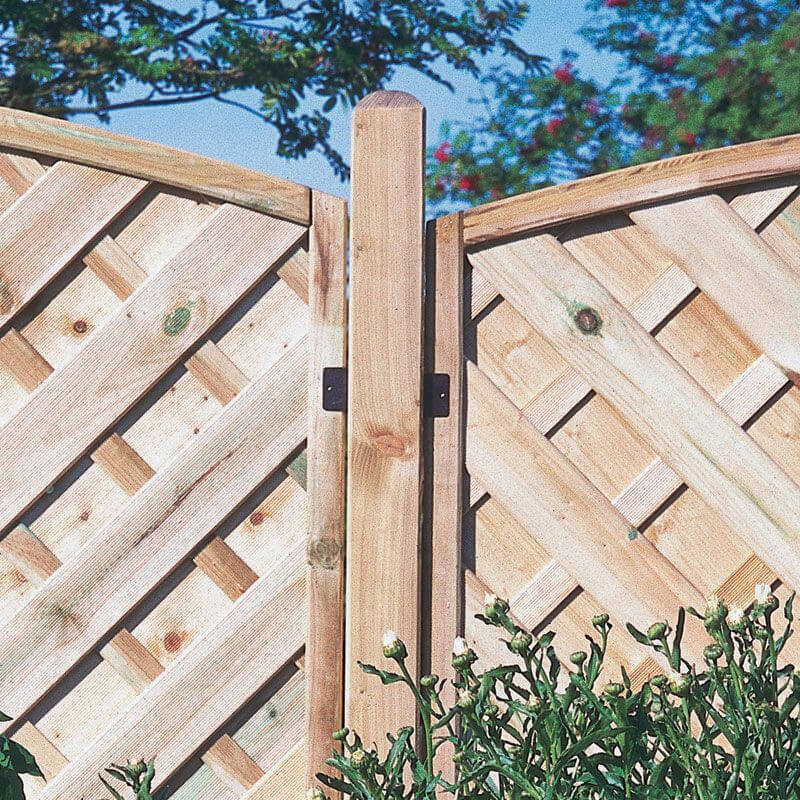

Ignoring soil type
Different soils mean different rules. Treating all soil types, the same is another mistake. In softer soils, go deeper or use concrete for extra stability.
Mismatched measurements
Getting your spacing or post height wrong will turn your fence into a patchwork quilt. Measure twice (or even thrice) to ensure even spacing and uniform height.
Not using concrete wisely
Just placing your posts in concrete without proper preparation can lead to wood rot. Use concrete smartly, think about drainage and treat your wood where necessary
Overlooking levelling
Wonky posts are a welcome sight and a sign of rushed work. Take your time to get each post perfectly vertical.
Rushing the setting time
Treating your concrete like instant noodles and not giving it time to set is asking for trouble. Be patient and let the concrete cure to give your fence a solid base.
Skipping the depth check
Not calculating how deep does a fence post need to be or not going deep enough is like building a house on sand, it will not end well. Make sure you dig deep enough, especially for taller fences, to keep them from swaying.
Unawareness of wires or pipes
Make sure you assess the area you are digging for any wires or pipes as this can cause serious trouble if damaged and even death.
Browse our fence panels and posts
Why not take a look at the vast range of 6ft panels that we have on site? Don't put off replacing the fence this year. And don't forget to take a look at our fantastic fence posts either.
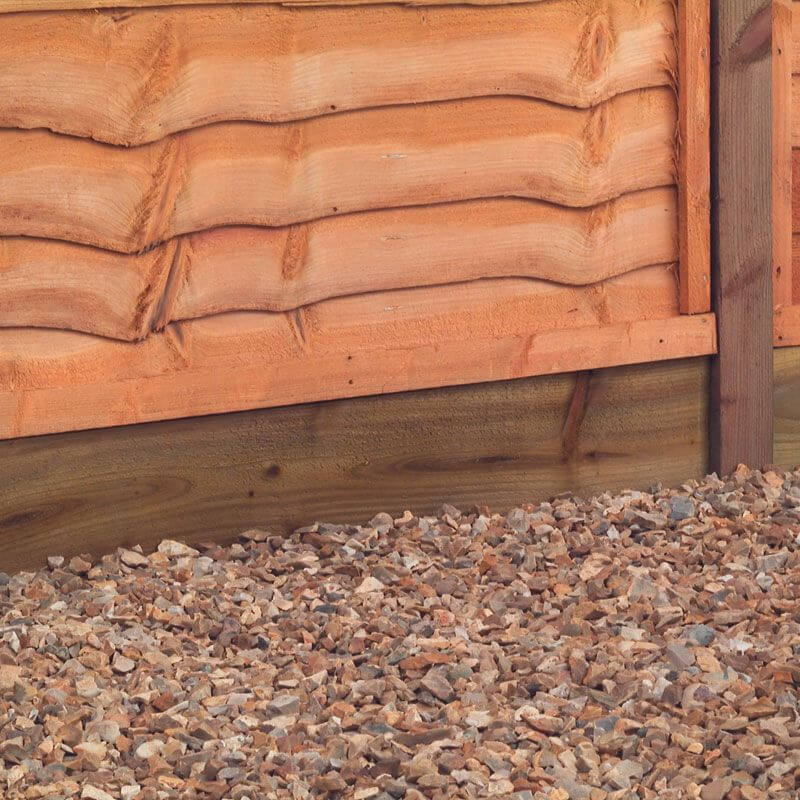

Conclusion - how deep to dig fence posts
As we conclude our article, we have learned that a fence will fail quickly if the fence post is not installed correctly. But how deep does a fence post need to be? Well, we have provided a list of ten general rules for post depth, all of which should help the installation. One rule especially to bear in is the "one third rule", i.e. "bury at least one-third of your fence post underground", so for an 8' fence post, bury at least 2' underground.
Read our section about tools, equipment, and supplies for everything you will need to get the job done. We also advised about having a helping hand available as the work can be heavy and need two people at times. Our step by step guide on how to install fence posts, revealed everything you need to know throughout the entire process. Learn common mistakes to avoid, which are based on our experts many years of experience. Read through this article and apply the tips and we are sure you will have top-quality fencing in your garden for many years to come.
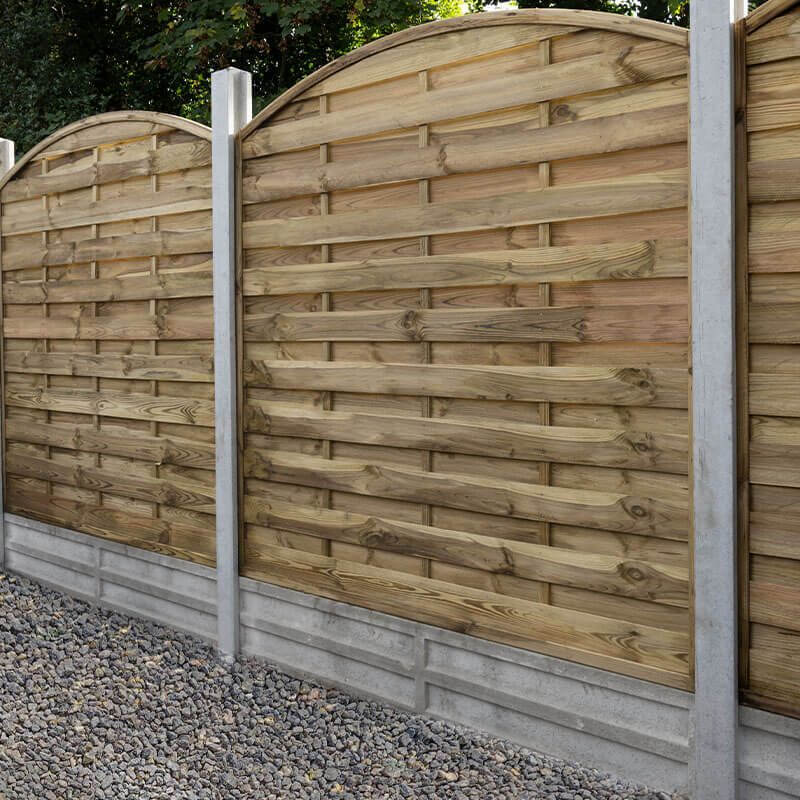

Contacting Buy Fencing Direct
Buy Fencing Direct has written the above in plain English but appreciate that sometimes understanding how deep to dig for a fence post can be challenging. Our team can advise about how far down for fence posts is appropriate and can also advise about wooden fence posts, wooden fence panels, and fencing supplies to buy from our range.
For support, our contact details are:
- Phone calls - 0333 003 0515
- E-mails - complete our contact form to send these
- Text chat – message us using our live chat app for real-time chat




